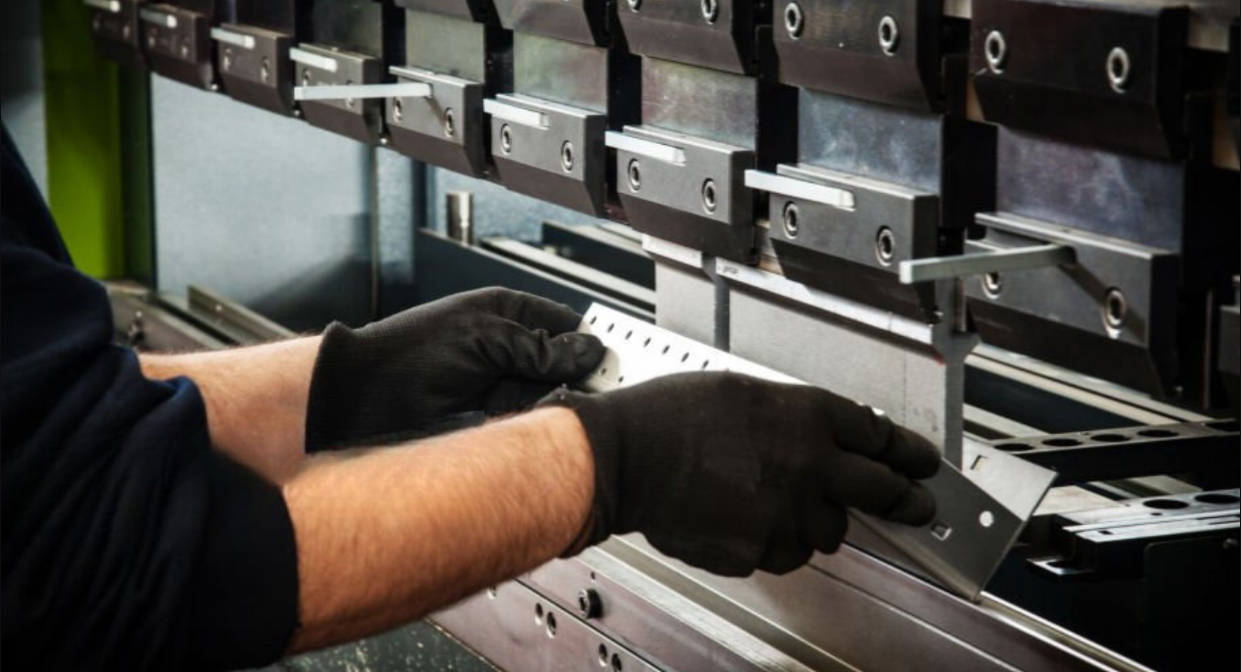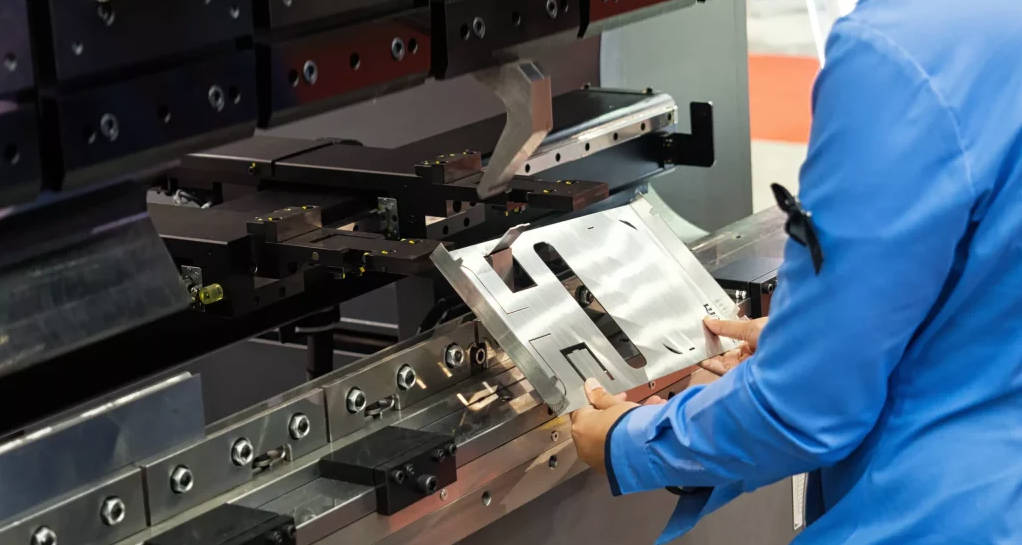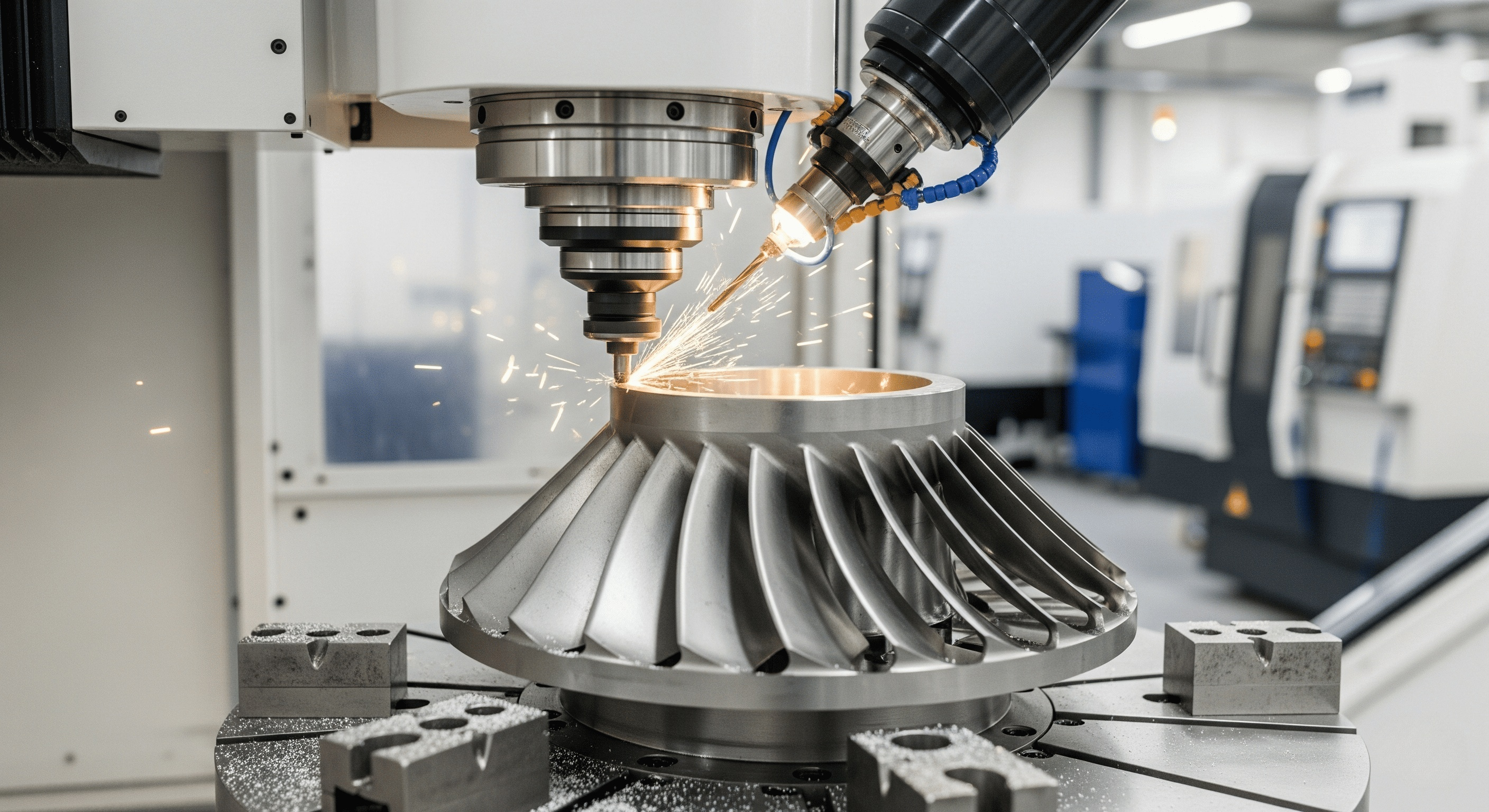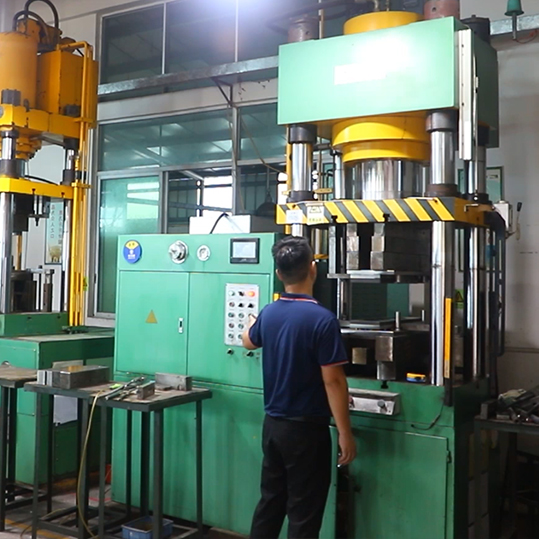In the vast landscape of manufacturing, side milling stands out as a fundamental and highly versatile machining process. It’s crucial for creating precise features like slots, shoulders, and flat surfaces, playing an indispensable role across countless industries, from automotive to aerospace. Understanding the intricacies of side milling – its processes, operations, and various types – is essential for anyone looking to optimize production, achieve superior quality, and ultimately, gain a competitive edge. This comprehensive guide delves deep into the world of side milling, highlighting how it integrates with modern CNC Machining Services to deliver exceptional results.
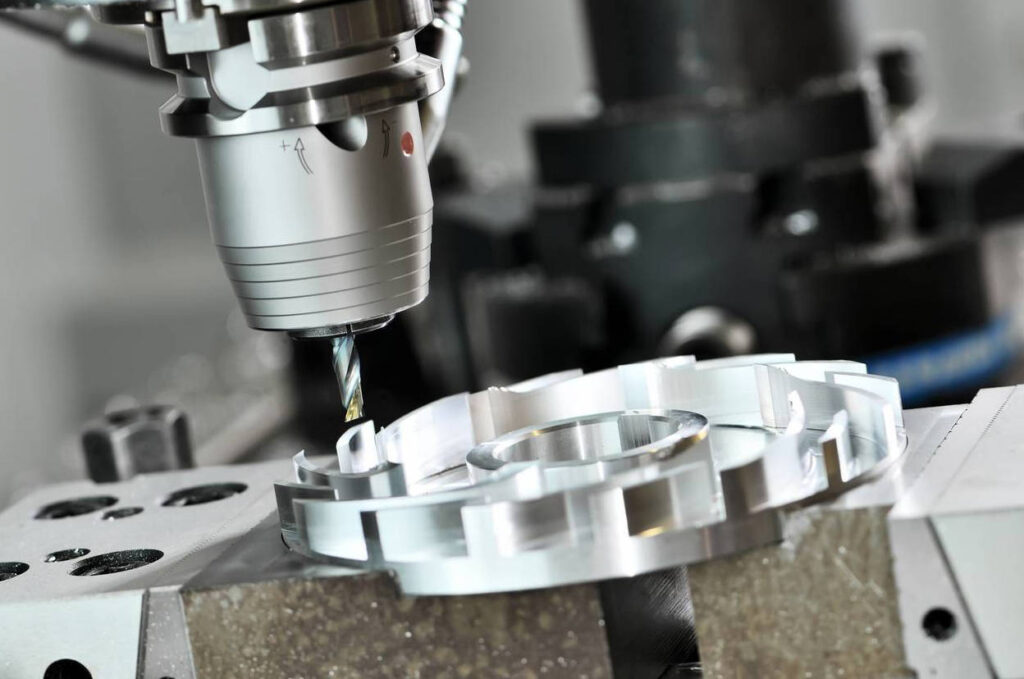
The Side Milling Process Explained: Foundations of Form Creation
At its core, side milling involves using a rotating multi-tooth cutter to remove material from the side of a workpiece, creating a flat surface, a slot, or a step. Unlike face milling, where the cutting action is primarily from the end of the tool, side milling engages the periphery of the cutting tool. This tangential engagement is what gives side milling its unique characteristics and advantages.
Essential Tooling for Side Milling
The selection of the right cutting tool is paramount to the success of any side milling operation. Different tools are designed for specific applications, material types, and desired finishes.
- Side and Face Cutters: These are traditional tools, typically mounted on an arbor, with cutting teeth on both their periphery and their sides. They are highly effective for producing deep slots and shoulders.
- Shell End Mills: Often used for lighter cuts and shallower shoulders, shell end mills mount onto an arbor and feature cutting teeth on their end face and periphery.
- Solid End Mills: For smaller slots and more intricate work, solid end mills (often with two, three, or four flutes) are commonly used, especially in precision CNC machining.
- Indexable Milling Cutters: These tools utilize replaceable inserts, offering significant benefits in terms of tool life, material versatility, and cost-effectiveness.
Workpiece Setup and Machine Types
Proper workpiece fixturing is critical to prevent vibration and ensure stability during cutting. The workpiece must be rigidly clamped to the machine table or in a vise. Side milling operations are typically performed on:
- Vertical Machining Centers (VMCs): Most common for general-purpose side milling, offering good visibility and flexibility.
- Horizontal Machining Centers (HMCs): Ideal for higher volume production and multi-sided machining, often featuring pallet changers for increased efficiency.
- Universal Milling Machines: Offer versatility with both horizontal and vertical spindle orientations.
Operation of Side Milling: Parameters for Performance
Achieving optimal results in side milling hinges on carefully controlled operational parameters. These settings directly influence material removal rate, surface finish, tool life, and the overall quality of the precision CNC machining parts being produced.
Key Cutting Parameters
- Feed Rate (F): This is the speed at which the workpiece moves relative to the cutter. Measured in inches per minute (IPM) or millimeters per minute (mm/min), it dictates the chip load per tooth.
- Spindle Speed (S): The rotational speed of the cutting tool, measured in revolutions per minute (RPM). It’s calculated based on the desired surface speed (SFM or m/min) of the tool and its diameter.
- Depth of Cut (Ap): The axial depth of the cut, or how deep the tool penetrates into the material along the tool’s axis.
- Width of Cut (Ae): Also known as radial depth of cut, this is the amount of material the tool engages radially. For side milling, this can range from a small percentage of the tool diameter to the full diameter for slotting.
Balancing these parameters is crucial for achieving an optimal balance between material removal rate and desired surface finish. For instance, a higher feed rate might increase productivity but could lead to a rougher finish, while a slower feed might improve finish at the cost of cycle time.
Chip Formation and Evacuation
Effective chip evacuation is vital to prevent re-cutting chips, which can degrade surface finish and accelerate tool wear. Good chip management involves:
- Proper Flute Design: Tool flutes are designed to efficiently curl and evacuate chips.
- Coolant/Lubrication: Using cutting fluids not only cools the tool and workpiece but also helps flush away chips. For difficult-to-machine materials, high-pressure coolant systems are often employed.
Material Considerations
Different materials react uniquely to side milling. Harder materials like hardened steels and exotic alloys require slower speeds, lower feeds, and robust tooling. Softer materials like aluminum allow for much higher speeds and feeds. Understanding material properties is fundamental for precision CNC machining.
Types of Side Milling: Versatility in Action
Side milling encompasses several distinct variations, each suited for particular applications and desired outcomes.
Conventional (Up-Milling) vs. Climb (Down-Milling)
These are the two primary modes of milling, each with distinct advantages and disadvantages.
- Conventional Milling (Up-Milling): The cutter rotates against the direction of the workpiece feed. Chips are thin at the beginning and thick at the end. This method often results in more tool chatter and a poorer surface finish due to the tool “climbing” onto the workpiece. However, it’s safer when machine backlash is present.
- Climb Milling (Down-Milling): The cutter rotates in the same direction as the workpiece feed. Chips are thick at the beginning and thin at the end. This method generally produces a better surface finish, extends tool life, and reduces tool deflection because the cutting force pushes the workpiece down into the table. It’s the preferred method for most modern CNC machines due to their rigidity and backlash compensation.
Specific Side Milling Techniques
- Full-Width Slotting: The width of cut (Ae) is equal to the tool diameter, creating a slot. This can be demanding on the tool and machine.
- Partial-Width Side Milling (Shoulder Milling): The width of cut is less than the tool diameter, used for creating shoulders or trimming edges. This is often more efficient and less stressful on the tool than full-width slotting.
- Straddle Milling: Uses two side milling cutters on an arbor simultaneously to machine two parallel vertical surfaces (e.g., the sides of a workpiece or a keyway feature).
- Gang Milling: Employs multiple cutters (of the same or different types) on a single arbor to simultaneously machine several surfaces or features, significantly boosting productivity.
Advantages of Side Milling: Why it’s a Go-To Process
Side milling’s widespread use is attributed to its numerous benefits in manufacturing.
- High Material Removal Rate: With the right tooling and parameters, side milling can remove large volumes of material quickly, making it highly efficient for roughing operations.
- Excellent Surface Finish: Especially with climb milling and optimized parameters, side milling can achieve remarkably smooth surfaces, often reducing or eliminating the need for secondary finishing operations. This is a key benefit for precision CNC machining parts.
- Accuracy and Precision: Modern CNC machines, coupled with precise tooling, allow side milling to achieve tight tolerances, critical for complex assemblies and high-performance components.
- Versatility: It can be used on a wide range of materials, from soft plastics to tough superalloys, and for creating diverse features.
Disadvantages and Challenges of Side Milling
While powerful, side milling isn’t without its challenges.
- Vibration and Chatter: Imbalance, insufficient rigidity in the setup, or improper cutting parameters can lead to destructive vibrations, degrading surface finish and accelerating tool wear.
- Tool Deflection: Especially with long or small-diameter tools, cutting forces can cause the tool to bend, leading to dimensional inaccuracies.
- Heat Generation: High cutting speeds and feeds, particularly in harder materials, can generate significant heat, which can affect tool life and workpiece integrity.
Applications of Side Milling: From Prototype to Production
The applications of side milling are incredibly diverse, spanning almost every sector that utilizes machined components.
- Creating Slots and Grooves: Essential for keyways, channels for O-rings, and component interlocking.
- Machining Shoulders and Steps: Found in countless mechanical parts requiring different heights or mounting surfaces.
- Producing Flat Surfaces: While face milling is primary, side milling can be used to true up vertical surfaces or side walls.
- Forming Contours: With advanced CNC programming and multi-axis machines, complex profiles can be achieved.
In industries such as automotive, aerospace, medical devices, and even consumer electronics, precision CNC machining parts are routinely manufactured using side milling techniques. Components like engine blocks, turbine blades, surgical instruments, and intricate electronic housings all rely on this process.
Optimizing Side Milling for Precision and Cost-Effectiveness
To truly leverage the power of side milling, particularly in a competitive market, optimization is key.
Tool Selection and Geometry
Choosing the right tool material (e.g., high-speed steel, carbide, ceramics), coating (e.g., TiN, AlTiN), and geometry (number of flutes, helix angle) can dramatically impact performance. For high-volume or critical applications, investing in premium tooling pays dividends in consistent quality and reduced downtime.
Machine Rigidity and Maintenance
A rigid machine structure minimizes vibration and deflection, ensuring greater accuracy. Regular machine maintenance, including spindle run-out checks and backlash compensation, is vital for maintaining precision CNC machining capabilities over time.
Advanced Programming Strategies
Modern CNC controls and CAM software offer advanced features like trochoidal milling (for slotting, reducing radial engagement), adaptive milling paths, and dynamic milling. These strategies can significantly improve material removal rates, extend tool life, and enhance surface finish by maintaining a constant chip load.
Partnering for Success: CNC Machining Services
Many companies choose to outsource their side milling and other machining needs to specialized providers. When seeking CNC Machining Services, consider a precision CNC machining company that offers:
- Expertise in materials and tooling.
- State-of-the-art CNC machinery.
- Quality control processes (e.g., ISO certifications).
- Experience with complex geometries and tight tolerances.
For businesses looking for competitive pricing without compromising on quality, cnc machining china has emerged as a prominent global hub. Many Chinese manufacturers have invested heavily in advanced machinery and skilled labor, offering attractive cnc machining price points for a wide range of services. However, due diligence in selecting a reputable supplier is always crucial to ensure quality and reliability.
The Indispensable Role of CNC Machining in Side Milling
The advent of Computer Numerical Control (CNC) technology has revolutionized side milling.
- Automation and Repeatability: CNC machines can execute complex milling paths with unparalleled accuracy and consistency, drastically reducing human error.
- Complex Geometries: Multi-axis CNC machines (3-axis, 4-axis, 5-axis) allow for the machining of highly intricate features and contoured surfaces that would be impossible or prohibitively expensive with manual methods.
- Enhanced Precision: Precision CNC machining capabilities mean that parts can be produced with tolerances down to micrometers, meeting the stringent demands of industries like aerospace and medical.
Without CNC technology, the precision, speed, and complexity achievable with modern side milling would simply not be possible.
Conclusion: The Future of Precision Manufacturing
Side milling remains a cornerstone of subtractive manufacturing, continually evolving with advancements in tooling, machine technology, and software. Its ability to efficiently remove material while maintaining high precision makes it indispensable for creating a vast array of components. As industries demand ever-tighter tolerances and more complex designs, the strategic application of side milling, supported by leading CNC Machining Services and the global reach of providers like cnc machining china, will continue to drive innovation. By focusing on optimized processes, smart tool selection, and leveraging the full potential of precision CNC machining, manufacturers can achieve unparalleled efficiency and quality in their operations.



